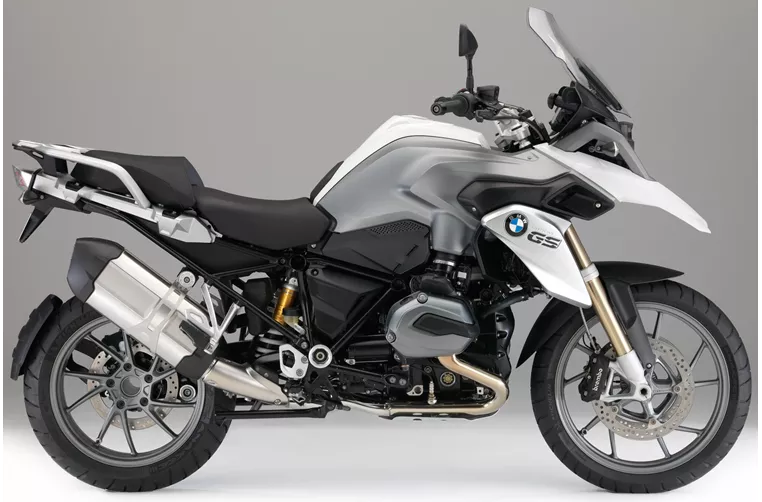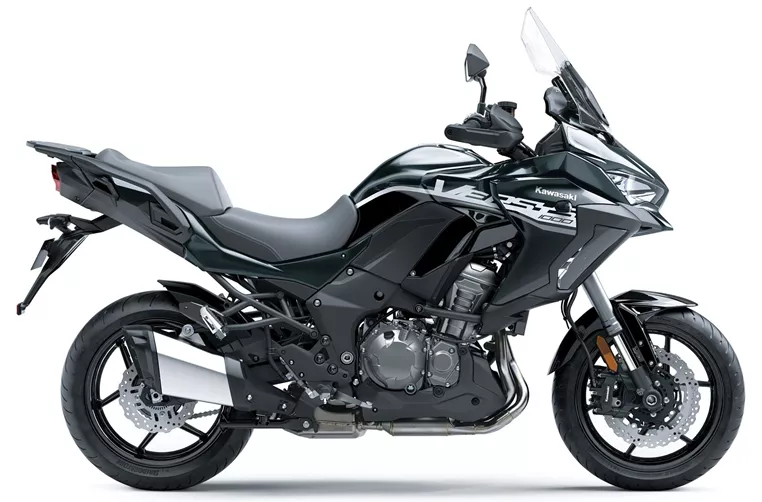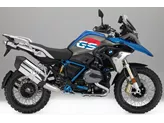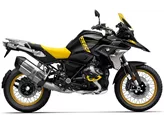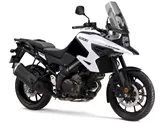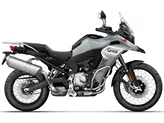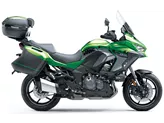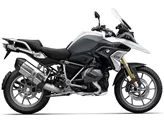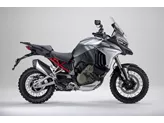BMW R 1200 GS 2015 vs. Kawasaki Versys 1000 SE 2020
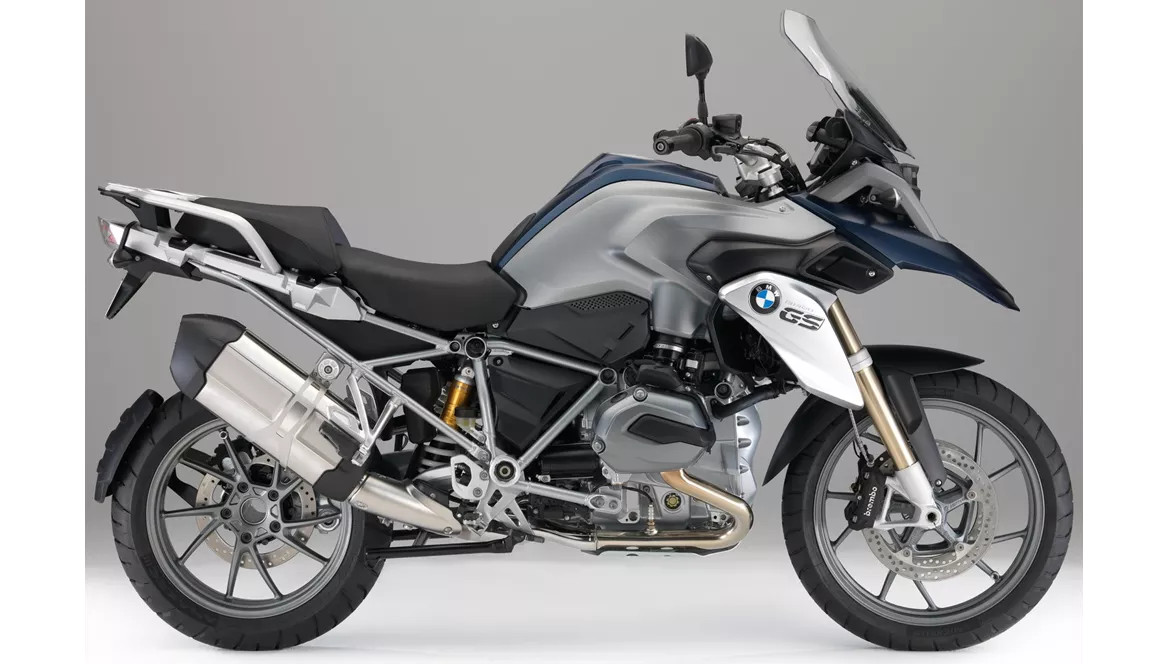
BMW R 1200 GS 2015
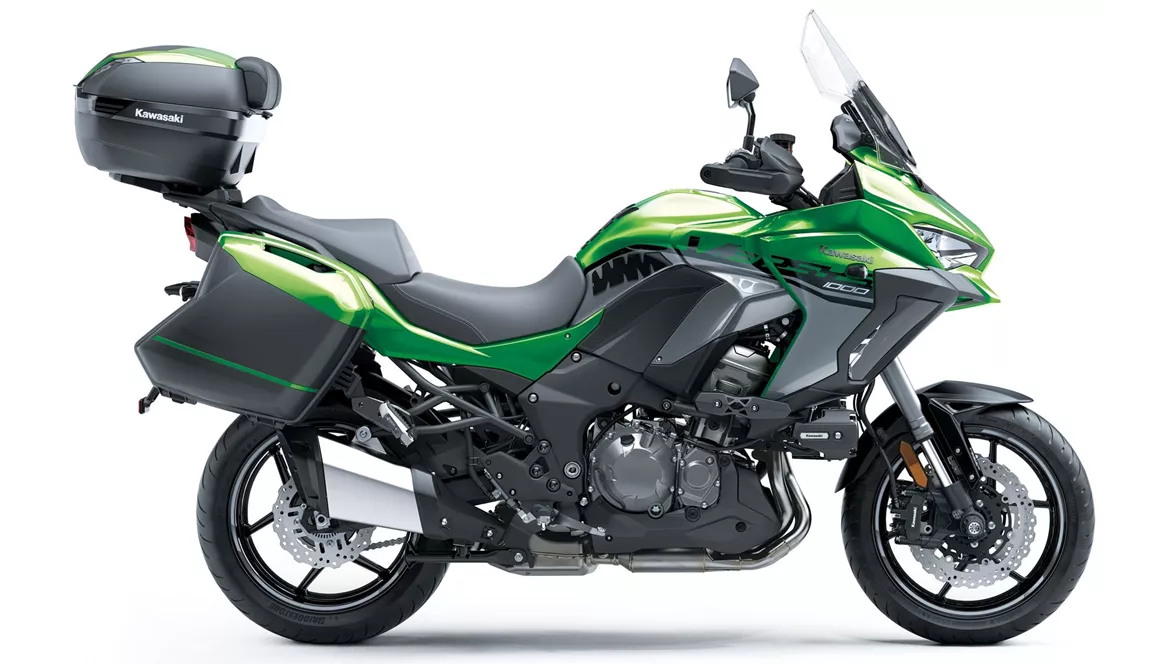
Kawasaki Versys 1000 SE 2020
Overview - BMW R 1200 GS 2015 vs Kawasaki Versys 1000 SE 2020
The BMW R 1200 GS 2015 is equipped with a Boxer engine, which provides a powerful performance with 125 HP and 125 Nm of torque. This engine type is known for its reliability and smooth power delivery. The transmission is a prop shaft, which ensures efficient power transfer to the wheels. The bike has a displacement of 1170 ccm and features a two-cylinder configuration.
In terms of suspension, the BMW R 1200 GS 2015 has a strut front suspension with preload adjustment, providing a comfortable ride and allowing for some customization. The rear suspension is a single swing arm with preload adjustment, further enhancing the bike's ability to handle different road conditions. The frame is made of steel, which adds to the bike's durability and stability.
The braking system on the BMW R 1200 GS 2015 consists of double disk brakes on the front, ensuring reliable and efficient stopping power. The front tire has a diameter of 19 inches, while the rear tire has a width of 170 mm and a diameter of 17 inches. The wheelbase is 1507 mm, providing stability and maneuverability. The seat height is 850 mm, offering a comfortable seating position for the rider. The bike has a kerb weight of 238 kg, which is relatively light for an enduro motorcycle. The fuel tank capacity is 20 liters, allowing for long rides without frequent refueling.
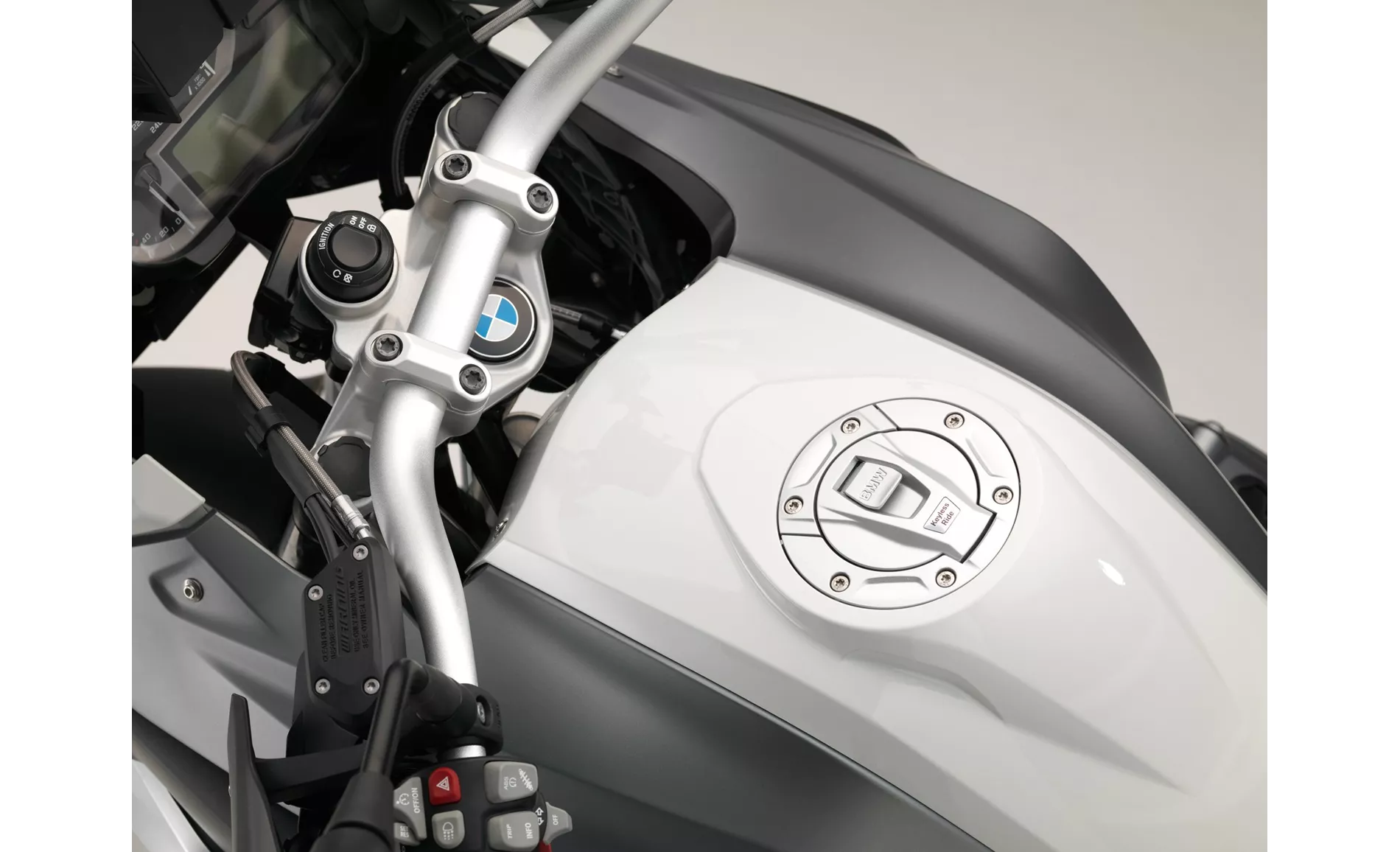
BMW R 1200 GS 2015
On the other hand, the Kawasaki Versys 1000 SE 2020 features an in-line four-cylinder engine, delivering 120 HP and 102 Nm of torque. This engine type is known for its smooth and rev-happy performance. The transmission is a chain, which is commonly used in motorcycles and offers efficient power transfer. The bike has a displacement of 1043 ccm.
The suspension on the Kawasaki Versys 1000 SE 2020 is comprised of an upside-down telescopic fork on the front, with compression, preload, and rebound adjustment options. This allows for precise tuning of the suspension to suit different riding conditions. The rear suspension is a swing arm with compression, preload, and rebound adjustment, further enhancing the bike's ability to handle various terrains. The frame is made of aluminum, which provides a lightweight yet sturdy construction.
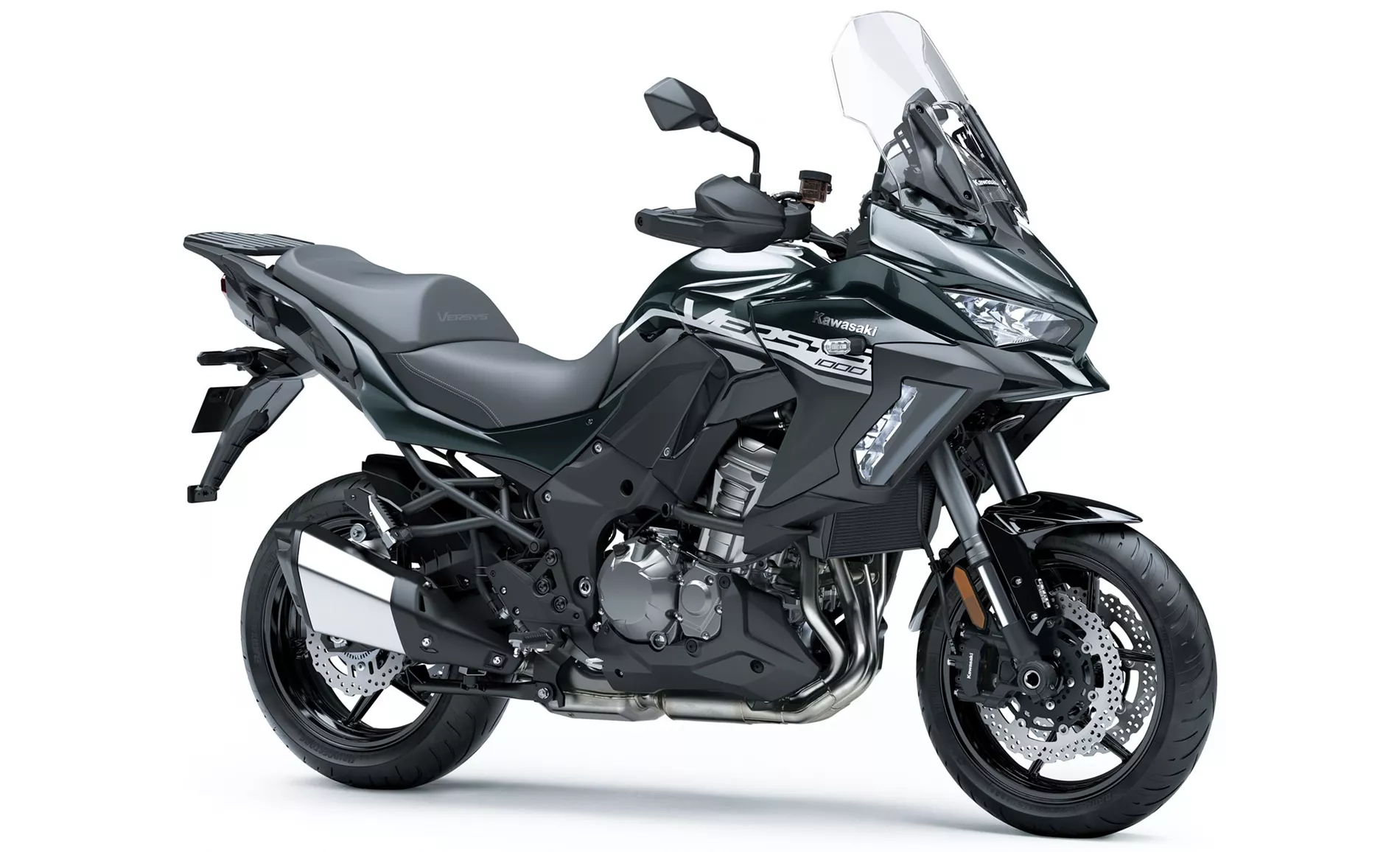
Kawasaki Versys 1000 SE 2020
The braking system on the Kawasaki Versys 1000 SE 2020 consists of double disk brakes on the front, ensuring reliable and powerful braking performance. The front tire has a diameter of 17 inches, while the rear tire has a width of 180 mm and a diameter of 17 inches. The wheelbase is 1520 mm, providing stability and agility. The seat height is 840 mm, offering a comfortable riding position for the rider. The bike has a kerb weight of 257 kg, which is slightly heavier compared to the BMW R 1200 GS 2015. The fuel tank capacity is 21 liters, allowing for longer rides without frequent refueling.
In terms of strengths, the BMW R 1200 GS 2015 offers a powerful engine, low fuel consumption, and a comfortable seating position. It is also capable of off-road riding and has a high reputation in the motorcycle community. On the other hand, the Kawasaki Versys 1000 SE 2020 provides high riding comfort for both the rider and passenger, great wind and weather protection, and a high-quality chassis that can be adjusted precisely to meet different requirements. The engine on the Versys 1000 SE is well controllable and rev-happy, providing a strong pull.
However, the BMW R 1200 GS 2015 has some weaknesses, including a long and expensive surcharge side and a telelever front suspension that may take some getting used to. The brakes on the BMW R 1200 GS 2015 are also known to be very sharp. On the other hand, the Kawasaki Versys 1000 SE 2020 has weaknesses such as the standard windshield being too generously dimensioned at high temperatures, resulting in minimal wind flow even at the lowest setting. Additionally, the display and mobile phone app on the Versys 1000 SE may not be as advanced as those offered by competitors.
Technical Specifications BMW R 1200 GS 2015 compared to Kawasaki Versys 1000 SE 2020
Pros and Cons in comparison
Pros and Cons in comparison
BMW R 1200 GS 2015
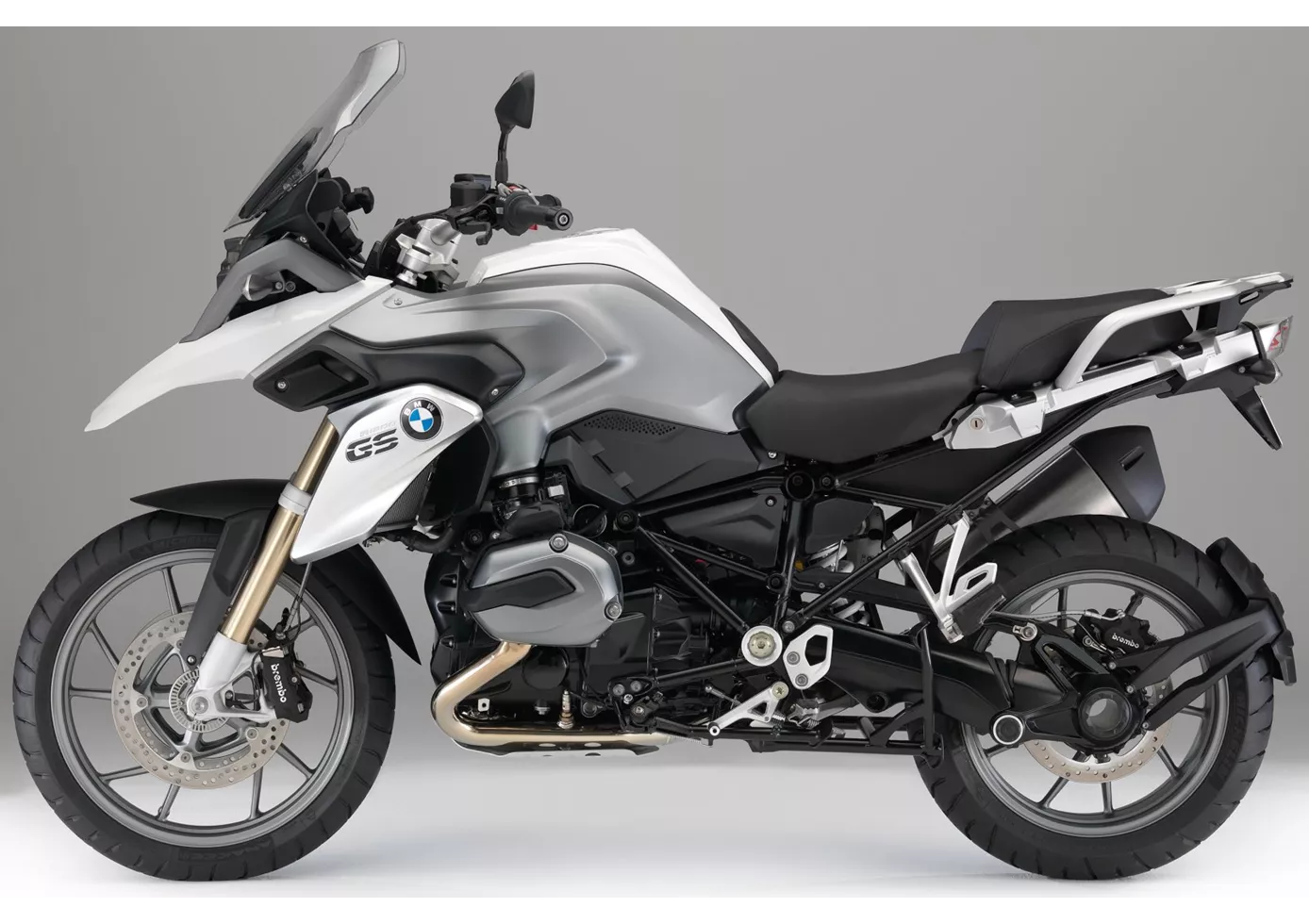
A GS is at home almost anywhere - but only to a limited extent on the racetrack. It's a pleasure to feel the power of the partially water-cooled boxer twin cylinder on the exit of the bend - 125 hp only seems much weaker on paper than 150 or even 160 hp on the competition. With 125 Newton metres of torque, the acceleration from the bottom is superb anyway and the GS, at 238 kilos ready to ride, does not carry too much flab despite its bulky appearance. In very tight corners, the low centre of gravity also has a positive effect - the BMW R 1200 GS is very hard to crack! Even the front telelever suspension, which suppresses the front wheel's tendency to sink in when braking, fits perfectly into the overall package on the GS and can only slightly detract from its sporty character.
Kawasaki Versys 1000 SE 2020
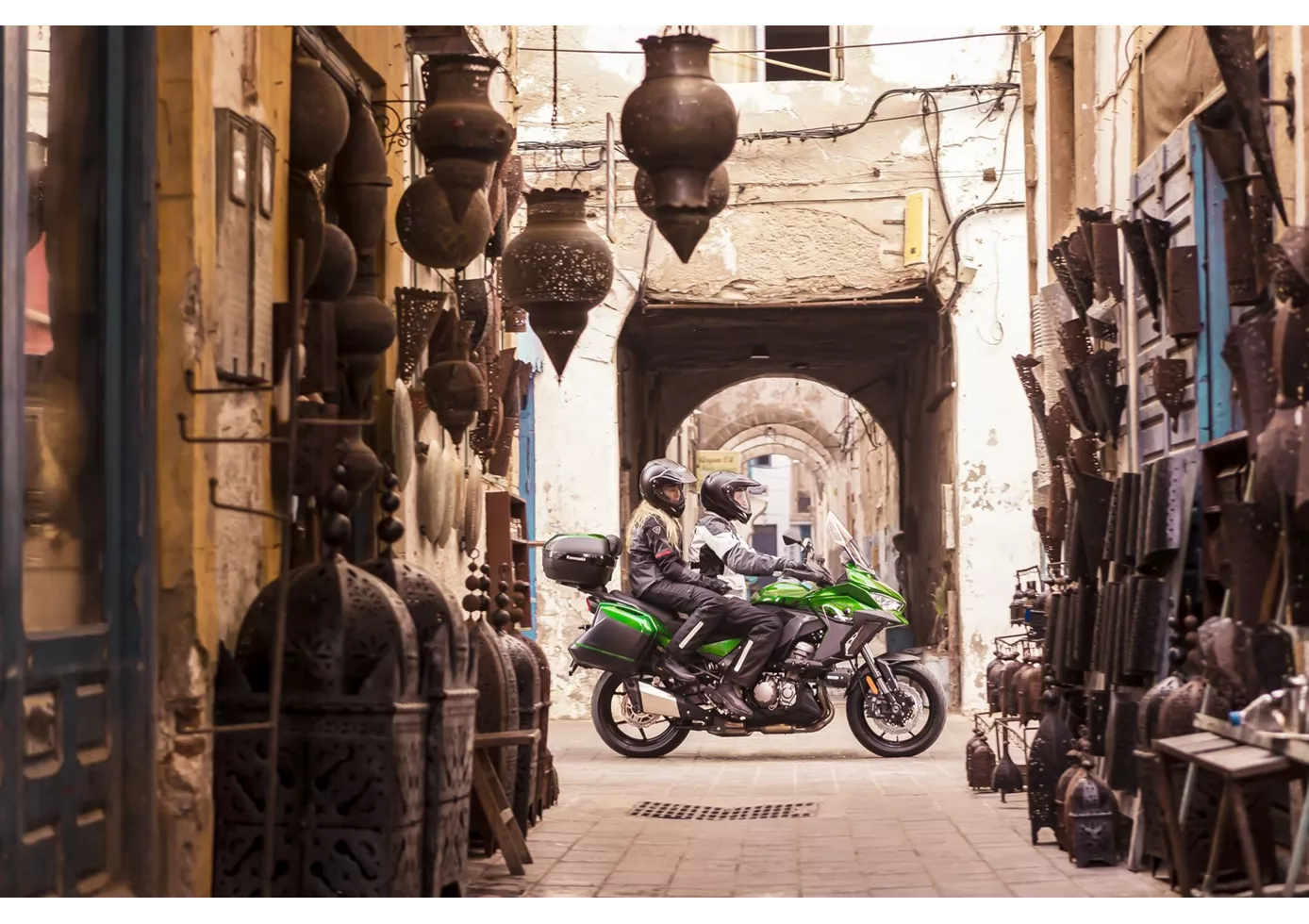
The Kawasaki Versys 1000 SE is a particularly well-designed representative of a type that is so difficult to categorise. In the end, it is simply a very good and universal motorbike. At the regulars' table, it will hardly score points with 120 hp. But in practice, all elements of the motorbike are designed and dimensioned in such a way that you enjoy riding it for a long time. On long tours, it has sufficient power, offers dynamic handling and high riding comfort. Compared to the competition, you hardly miss the power. Kawasaki should improve on the integration of a Navigatinos app in the display.
Price Comparison Avarage Market Price BMW R 1200 GS vs Kawasaki Versys 1000 SE
There are a few key differences between a BMW R 1200 GS 2015 and a Kawasaki Versys 1000 SE 2020. In terms of price, the actual average price of a Kawasaki Versys 1000 SE 2020 is about 13% higher. Compared to Kawasaki Versys 1000 SE 2020 there are more BMW R 1200 GS 2015 bikes available on the 1000PS.de Marketplace, specifically 47 compared to 8. It takes less time to sell a BMW R 1200 GS with 66 days compared to 156 days for a Kawasaki Versys 1000 SE. Since model year 2005 1000PS.de editors have written 98 reviews for the BMW R 1200 GS and 12 reviews for the Kawasaki Versys 1000 SE since model year 2019. The first review for the BMW R 1200 GS was published on 20/01/2004 and now has more than 19,100 views. This compares to more than 25,500 views for the first review on Kawasaki Versys 1000 SE published on 06/11/2018.
